Tooth resorption is known by different names to vets, such as feline odontoclastic resorptive lesions or cervical lesions. Regardless of the name, tooth resorption is a common dental problem that affects 30–60% of cats.
Quick Overview: Tooth Resorption in Cats
It can be a painful, debilitating condition and needs immediate veterinary treatment. In this article, we’ll discuss what tooth resorption actually is and the common signs and treatments of this uncomfortable condition.
What Is Tooth Resorption in Cats?
Tooth resorption is a painful condition that involves the destruction of a tooth. It is caused by the breakdown and loss of dentin, which is the hard part of the tooth beneath the enamel. The dentin is worn away or attacked by cells called odontoclasts.
This vital structure wears away and exposes the sensitive pulp cavity underneath, which contains nerves and blood vessels. It can occur on the root, the crown (tooth above the gum line), or both.
A resorptive lesion on the crown, visible on the surface, can be extremely painful and cause severe discomfort to your cat. Lesions on the root aren’t thought to be painful and aren’t visible without performing a dental x-ray.
There are two types of tooth resorption in cats;
- Crown resorption: This involves the destruction of the crown, often with a visible defect on the tooth. The root remains relatively normal, with a visible periodontal ligament on dental X-rays. Some cases present with a fractured crown and a root remaining in the jaw.
- Root resorption: These involve lesions on the root. On dental X-rays, the root will look like it’s blending into the bone and won’t be as distinguishable. This is also referred to as replacement resorption.
Some veterinary sources describe a third type that involves both the crown and the root.
Tooth resorption commonly affects the lower mandibular premolars first and may occur in other teeth afterward. The progression of tooth resorption is unknown and is different in every cat.
Causes of Tooth Resorption in Cats
The causes of tooth resorption in cats remain a bit of a mystery. There are many hypotheses for why this occurs, including;
- Periodontal disease
- Vitamin D level in food
- Abfraction injuries (forces on the jaw)
- Soft tissue inflammation in the mouth
- Age
Unfortunately, none of these are proven and why cats get tooth resorption is still unknown. Cats are thought to be more likely to get resorptive lesions as they age. Cats with a resorptive lesion are likely to get more over time.
Symptoms of Tooth Resorption in Cats
Tooth resorption can be extremely painful and affected cats may show signs of discomfort, particularly when eating. Monitor your cat closely for signs such as;
- Drooling
- Eating on one side of their mouth
- Dropping food when eating
- Vocalising when eating
- Running away from their food
- Jaw chattering/quivering
- Blood from mouth (as drops or in saliva)
- Not grooming themselves
If your cat shows some of the above signs, schedule them for a veterinary examination as soon as possible.
Cats often try to hide their pain so it may be harder to detect this condition. Monitor them closely for any behavioral changes, such as irritability or grooming behavior, as this can often indicate chronic pain.
Also Read: 12 Warning Signs Your Cat Is In Pain
Diagnosis of Tooth Resorption in Cats
For cats that show signs of tooth resorption at home, this will often be diagnosed by arranging an oral examination with your vet. Cats that are suffering silently may not be diagnosed until they have a routine veterinary check-up.
Crown resorptive lesions are often diagnosed through a visual examination by your veterinarian. There will likely be a visible lesion on your cat’s tooth. Lesions that affect the tooth root won’t be visible on physical examination and need to be diagnosed with dental radiographs. These are usually done under general anesthetic and should be done in all feline dentals, especially when tooth resorption is suspected.
Your vet may recommend blood and urine testing if your cat is over a certain age to rule out underlying causes of pain and disease.
Treatments for Tooth Resorption in Cats
The only treatment for tooth resorption is surgical extraction of the tooth. Antibiotics and pain relief will only provide temporary relief and there is no way to save the unhealthy tooth.
Extraction is needed to treat this condition and the extraction needed depends on the type of resorption. For crown lesions, where the root is relatively untouched and clearly visible on x-rays, the full tooth needs to be extracted. This is usually done with a gum flap with stitches placed afterward.
Root lesions, where the root isn’t clearly visible on x-rays and becoming absorbed into the bone, may have an extraction called a crown amputation. This involves extraction of the crown, the part of the tooth above the gumline. The root can be left in place as it’s already disappearing into the bone. This can only be done if it has been confirmed on dental x-ray that the root is severely affected by resorption.
In rare cases, mild resorption that is only affecting the roots with no visible lesions on the crown, may be monitored. This should only be done if the cat is returning for regular clinical examinations as there is a risk of the crown breaking off or fracturing. Your vet will judge this based on your cat’s dental x-rays, clinical exam, and dental probing under anesthetic.
The Dental Procedure
Extraction of teeth will require a general anesthetic. Your vet may do blood and urine testing prior to the anesthesia to make the procedure safer and they may recommend your cat to have intravenous fluids during the anesthetic. Dental procedures are often a day procedure, but your cat may be required to stay overnight if your vet advises it.
Cats will often go home with pain relief medication and they may also have antibiotics. Stitches that have been placed in the extraction site will usually dissolve over time and don’t need removal. Recovery time will depend on how many teeth extractions were needed—it may vary from 1–4 weeks.
It isn’t normal for cats not to eat after dental procedures. It may indicate that they need more pain relief. Always contact your veterinarian if you’re concerned about your cat after their dental procedure.
Complications of Having Tooth Resorption
If your cat has had one of these lesions in the past, they need to be monitored closely in the future. This is because cats that have had resorptive lesions are more likely to get them in other teeth. Some cats may show signs of dental pain but the majority don’t so regular veterinary check-ups are recommended.
Cat Care Tips
As cat owners, it’s very upsetting to see our cats in pain. If your cat is suffering from a tooth resorptive lesion or is in the post-operative period after their dental procedure, there are some tips that may help to keep them comfortable.
Offer Plenty of Wet Food
Unless advised to do otherwise by your vet, always offer plenty of soft food for your cat. This may be in the form of wet tins or pouches of complete cat food. Cats that are suffering with dental pain may find dry food too painful to eat and prefer eating softer food. If they have stitches in their mouth, your vet may recommend wet food to prevent damaging the stitches.
Offer Shallow Wide Bowls
Avoid using bowls that are narrow and deep, as your cat’s mouth may hit the sides. This could be very painful if they have a resorptive lesion or are in the post-operative period. If they don’t like their bowl, they’ll be less inclined to eat and drink.
Stick To Their Medication Schedule
If your vet has prescribed medication, ensure that you give this at the correct times. It’s important that they receive any pain relief or antibiotics that they need. If you’re finding it difficult to give your cat oral medication as their mouth is sore or their appetite may be reduced, contact your vet. Your vet may have alternatives such as liquid oral medication or injections.
Prevention of Tooth Resorption in Cats
There is no known preventative of tooth resorption in cats because the cause is unknown. There are some thoughts that periodontal disease and inflammation in the mouth may predispose cats to tooth resorption. With this in mind, practicing good dental hygiene is advised.
Tooth brushing helps to prevent tartar and gingivitis on teeth. This may seem like a daunting task but some cats are surprisingly tolerant of this. Get advice from your vet on this and choose an appropriate toothbrush.
Regular veterinary check-ups, including an oral exam of your cat’s mouth, will aim to pick up any early signs of tooth resorption.
Conclusion
Feline tooth resorption is a painful dental condition in cats. It can occur on the tooth crown or on the root and treatment usually involves extraction of the tooth. There is no known cause but practicing good dental hygiene and regular veterinary check-ups will go a long way in helping this condition. Always contact your vet if you think your cat is showing signs of dental pain.
Also Read: Your Guide to Dental Cleaning for Cats
Frequently Asked Questions
How serious is tooth resorption in cats?
Tooth resorption is a serious yet treatable condition in cats. It causes pain and discomfort to cats but this usually resolves once the affected tooth is extracted.
Can cats live with tooth resorption?
Yes cats can live with tooth resorption but it is a painful condition and needs veterinary treatment. If you think your cat is in pain or has a dental issue, visit your vet. They may notice a tooth resorption lesion on physical exam or may need to perform dental x-rays.
What should I do if my cat has a tooth resorption?
If your cat has tooth resorption they will need a dental procedure at your vets. This will involve dental x-rays and dental probing to examine the teeth. The treatment for this condition will usually require tooth extraction.
What causes tooth resorption in a cat?
There is no known cause of tooth resorption in cats. There are some theories that it may be caused by periodontal disease, soft tissue inflammation in the mouth or excess vitamin D in food.
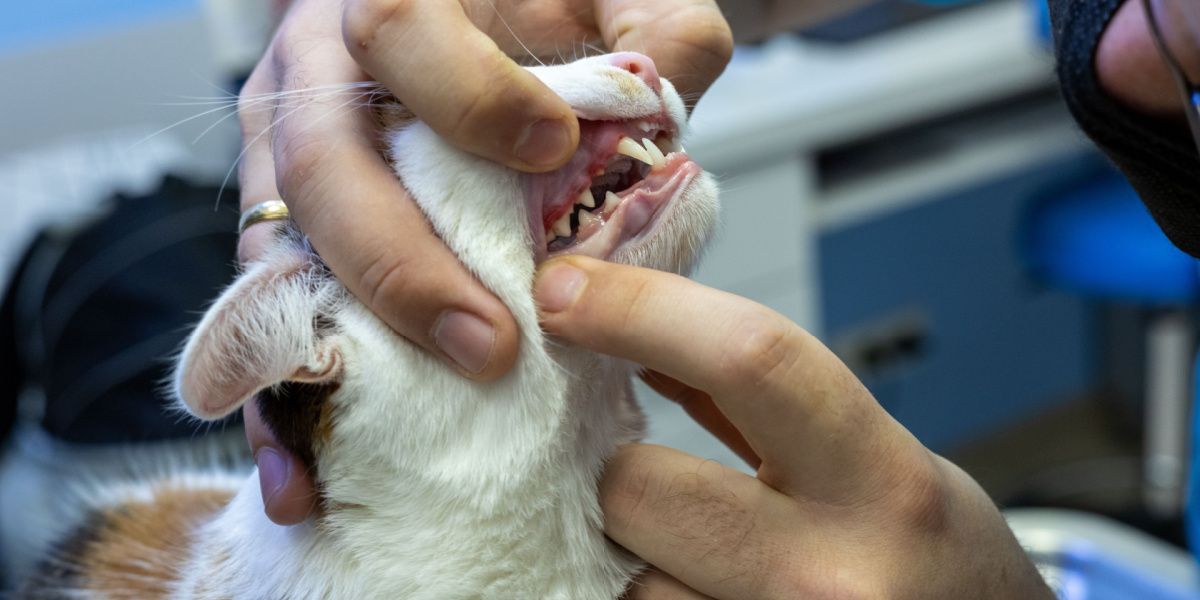
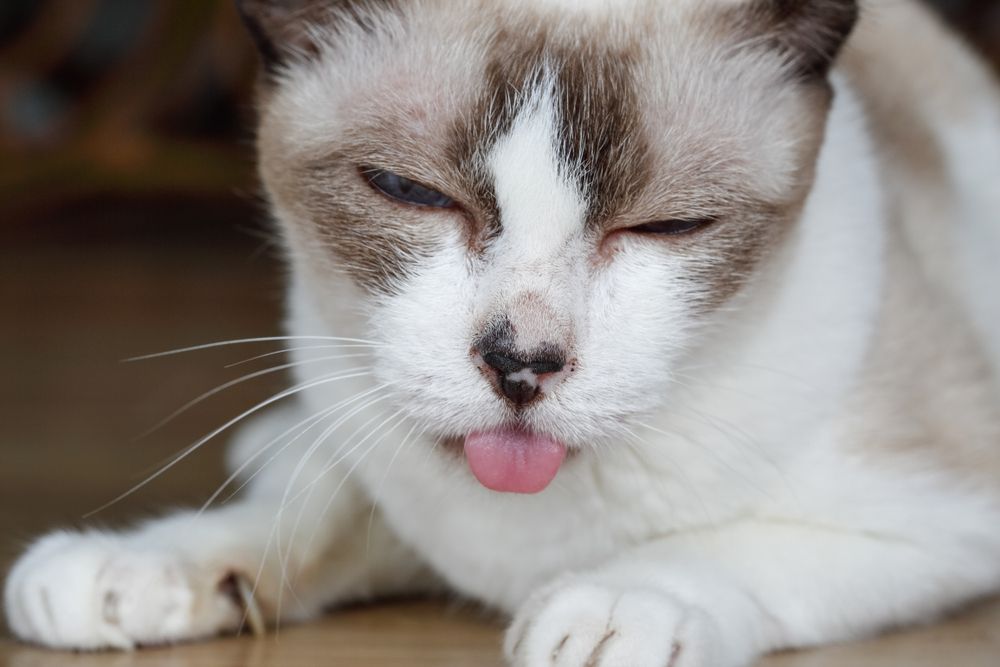
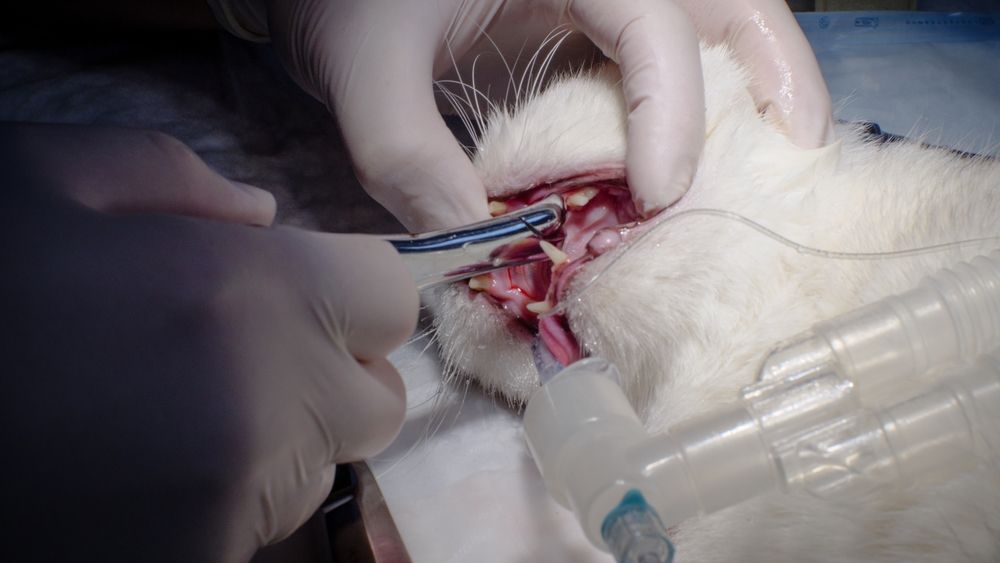
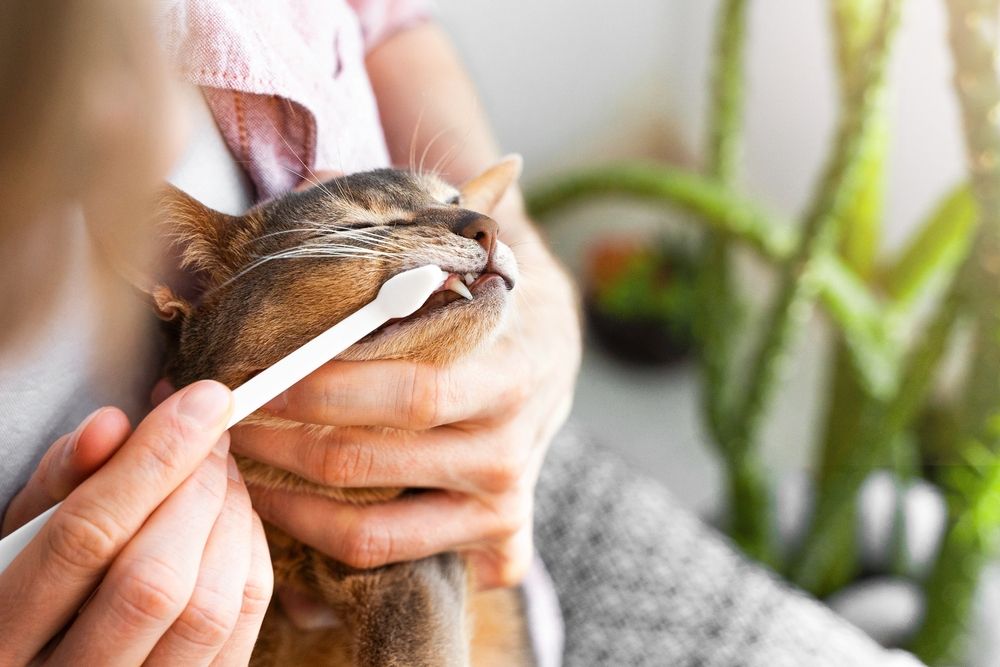



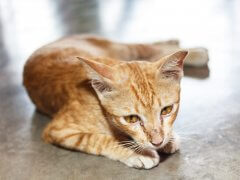


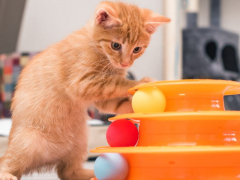

I think my male cat has a dentale resorption.im very woryed that he might be in pain.i had read all about the serton symptoms that this may show do the pain that his teeth are coughing him…I’m realy sadend and heart broken that I can’t afford to get him the help that he desperately needs…is there any thing from home that I can do for him any kind of home remedy that you can share with me to help my cat feel pain free and comfortable for his sake please please help me.us.i love him sooo soooo much..he his my beutyfull Felton and my very best friend….thanks sinserily Shirley s
Hi Shirley,
Thanks for reaching out with your question about Felton. Unforuntely there’s no home made remedies for tooth resorption, these teeth normally need dental treatment under anesthesia. However I’d recommend getting your vet to examine Felton to see if he definitely has tooth resorption, it might be something else causing his mouth pain. If your vet diagnoses tooth resorption, they’ll discuss the dental procedure with you and the cost, along with if they do payment plans. If dental treatment isn’t an option for you at the moment, your vet may be able to prescribe pain relief for Felton. Don’t use any over the counter human medications, as many of these are toxic to cats. Until then, I’d recommend to feed him soft/wet cat food at home as it might be sore for him to eat dry kibble. You may even need to mash it up or buy a mousse version. All the best to you and Felton, Aisling
I. Give her a pinch of adored beast gut sooth. Also supposed to help with inflammation and a probiotic